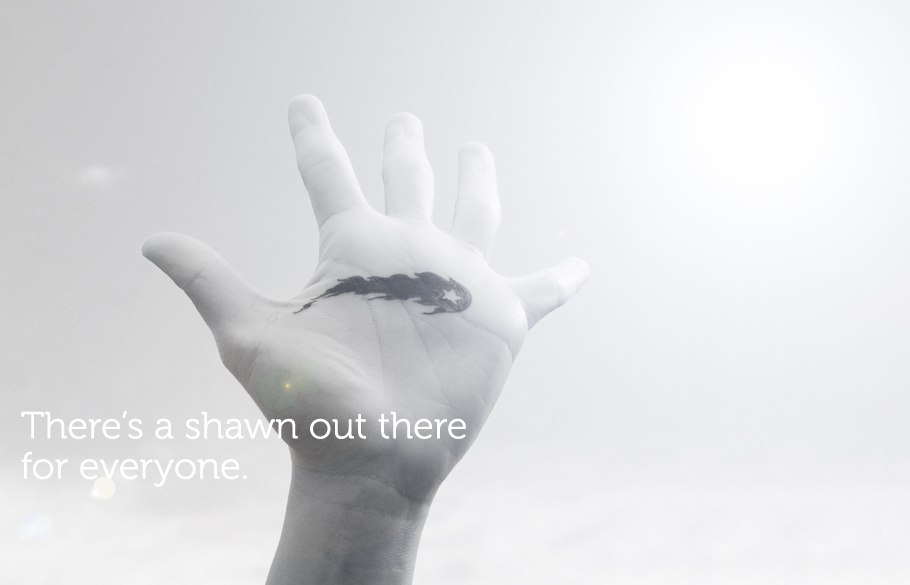



Completed 1/4 of my Colourways project for Studio C.
Got to come up with designs for subtle colours, as well as start illustrator on analogous/complementary and tints + shades.
Check out my colourwheel final.
Here's the brief so you guys won't get lost.
1.0
Creative Colourwheel:
Starting with the three primary colours [blue, red & yellow], create a typical artists' paint or pigment colourwheel. Using your eye, mix the secondary and tertiary colours. This is an opportunity to show some of your own style, it doesn't need to be the traditional donut shape.
2.0
Analogous + one Complement:
Create an abstract design using at least 12 different analogous colours, plus just one complementary colour. Remember, you can use darker and lighter shades of colours, both bright and dull colours also.
3.0
Tints & Shades of One Colour:
Choose one colour. Create a design using a set of 5 tints and 5 shades of that colour. Remember to add the colour to the swatches to create a Spot Colour, then apply tints. Shades need to be CMYK mode, just add black.
4.0
Subtle Colours:
Create a subtle design using a set of at least six colours able o be used as a background for either black or white text. Subtle means that they will not overpower the text placed above them. To achieve that most of the colours have a similar tonal value.
Posted the completed 1.0 above as well as roughs for 2.0 and 3.0
Still working on subtle colours though. I want my Wacom desperately, would be sooooo much easier drawing 2.0...
I know the drawings are horrendous, but that's exactly what they are - roughs! Do you know how many thumbnails I have to produce to get to the final rough? Haha!! Perhaps a look at my sketchbook will reveal the arduous task I have to endure before finalizing the design.
Anyway, comments will be appreciated! Please critique my work as hard as possible. My aim is to break conventional thought and design, hence these weird roughs. I may fail now but you never know unless you try. And I believe if there is a time to fail, it is now. When better to experiment and fail when you're still studying - still sheltered by the education umbrella. There'll definitely be no room for failure when you step into the workforce.
I've made an effort to refrain from using the words "real world". Lots of people like to throw that phrase around very easily. "It'll not be like that in the real world." "The real world is much tougher."
My lecturer said this, and I quote, "are we not living in the real world now? How different is what we are doing now compared to the 'real world'? Are we fake? No! We're living and breathing here right now, so don't tell me we are not relevant in the 'real world'."
Ok I'm starting to rant. Pardon my incoherence.. it's hard to get my thoughts organized when I'm hit by a wave of verbal (or in this case typing) diarrhea. Just a few more quotes before I end this post. From the same lecturer, and I love quoting him because of the controversy and sense in the stuff he says (and also I won't get into trouble cos I can say I quoted him).
"When you fail, it means you are trying something new."
"Any mark that a lecturer gives you is just a gauge of how well you have tickled his/her fancy."
"Not everyone's opinion is valid. Which person's opinion do you value?"
- Reinar Rivera

No comments:
Post a Comment